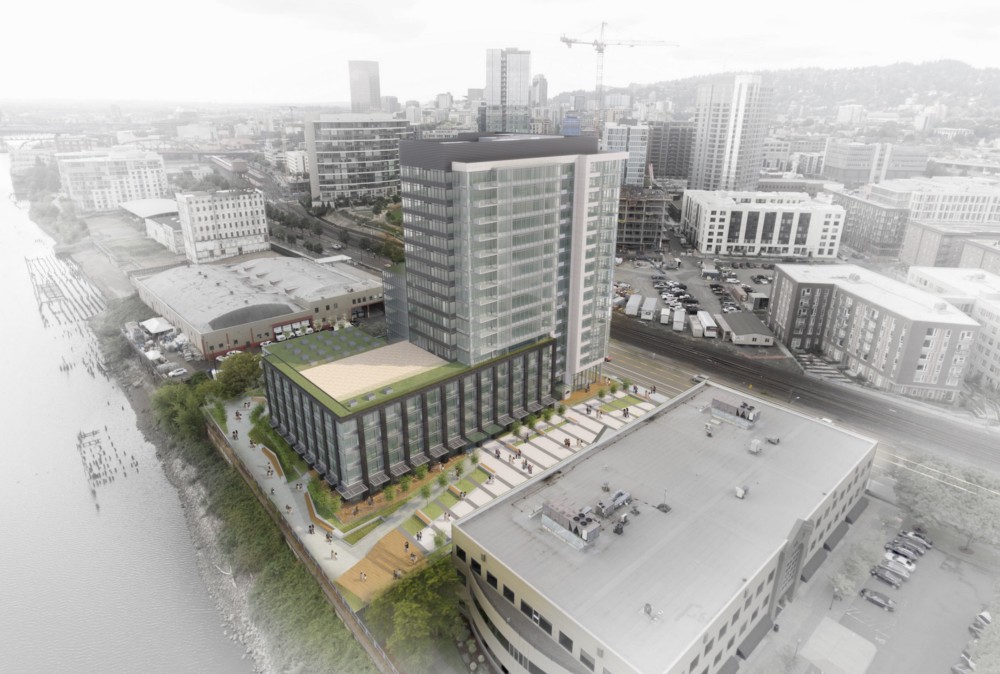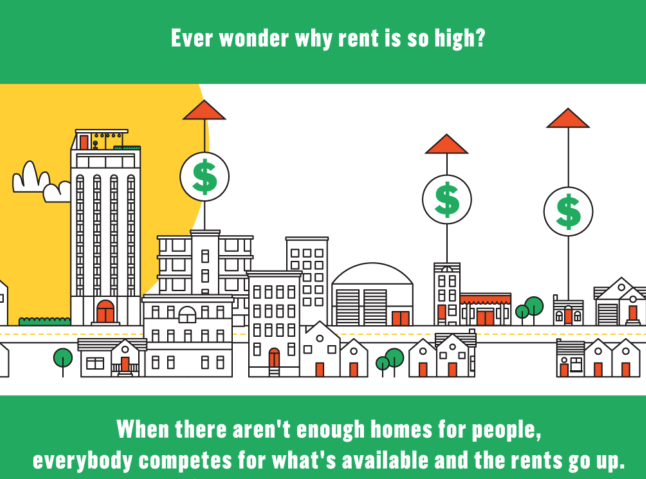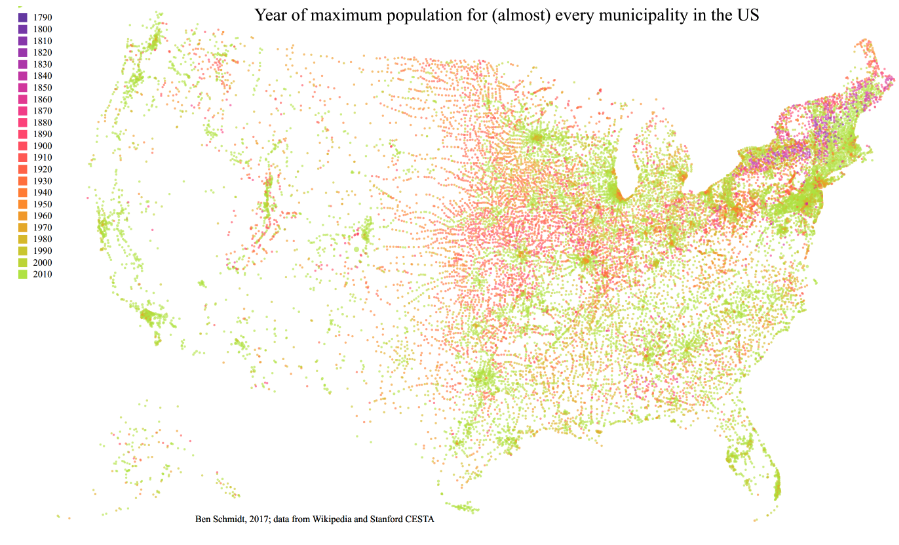What City Observatory did this week
1. Portland doesn’t really want to make housing affordable. Portland’s City Council has officially declared a housing crisis, and has passed strong renter protection measured and an ill-advised (and most mostly counter-productive) inclusionary housing ordinance. But despite its statements to the contrary, it showed that it really isn’t all that concerned about housing affordability when it vetoed the city’s design review approval of a building that would have provided 275 new apartments in one of the city’s most in-demand neighborhoods.
2. Carol Coletta to Dallas. Our colleague Carol Coletta recently spoke to Downtown Dallas Inc, and offered her thoughts on the city’s progress. Her speech outlines three topics the city needs to focus on to be successful: promoting smart mobility in the city’s core, building complete neighborhoods, and investing in placemaking. Here’s a key takeaway:
If we want to tackle the big challenges our communities face – resilience, smart growth, equity, poverty, drug addiction – pick an issue! – we have to begin with simple acts of bringing strangers together, not online, not digitally, but in place. That’s what a great downtown can do. Especially now, we need great downtowns that become the entire city’s neighborhood.
3. A plea to journalists to stop repeating phony congestion cost estimates. Journalists–even the serious, data-driven ones at places like The Economist–uncritically repeat estimates that congestion costs urban residents billions and billions of dollars each year. Never mind that these estimates are flawed and exaggerated. And they’re implicitly based on the phony premise that there’s some way you could build enough capacity that everyone could travel just as fast at the peak hour (say 5pm) as they do at 2pm. That’s neither physically or fiscally possible, which means that these supposed “costs” could be eliminated only by spending an unimaginably larger sum building roads.
Must read
1. PlanPhilly: A look at gentrification in Philadelphia. “How Philadelphia became cleaner, safer and more unequal.” Plan Philly has a multi-part series describing urban renewal and subsequent gentrification in Philadelphia over the past several decades. It’s a balanced look at the gains and costs of neighborhood change. It’s well worth the read, but it left us asking one question: What’s the counterfactual? If all those higher income people who moved into these gentrifying urban neighborhoods had instead headed to the mainline suburbs or some other metro area, the City of Philadelphia would be statistically more “equal,” but it’s not clear than any low income person living in the city would be would be better off. If we acknowledge that we want poor neighborhoods to change, then the question is about how we manage that change, not so much whether it happens. The University of Pennsylvania’s Ken Steif makes a good point in the story:
“We want these neighborhoods to change,” says Steif. “We want neighborhoods to have safer streets, to have better schools, to be true neighborhoods of opportunity, and we want folks of all races and classes to be able to take advantage of those amenities.”
2. The Mean Musical Chairs of the Housing Market. You’ve watched the video, now see the infographic. The Sightline Institute has developed a clever and compelling metaphor for explaining how housing markets work, and particularly, why increasing the supply of housing (of all kinds) is critical to addressing affordability and minimizing displacement in growing cities. Just as in a game of musical chairs, if their are more households than houses, competition is going to be more intense, and those with limited resources are going to find themselves at a disadvantage. Adding more chairs–houses–relieves the pressure.
3. Detroit: Pleading poverty on road maintenance while spending billions to expand the freeway system. Streetsblog’s Angie Schmidt flags the contradiction in the Motor City’s transportation priorities. The region’s planning agency says that 80 percent of the region’s roads are in fair or poor condition and that the region needs an additional $1.2 billion annually to redress its repair and maintenance backlog. Meanwhile, the state is getting ready to plunk $4 billion into widening the I-75 and I-94 freeways. Angie argues that this will actually make the region’s transportation problems worse:
Those highway expansions will generate more traffic, adding to the strain on other roads, while the region squanders billions that could have gone into maintaining existing infrastructure.
4. Minneapolis considers legalizing four-plexes in all single-family zones. California State Senator Scott Wiener has gotten national attention for his proposal to pre-empt local zoning to allow apartments near transit stops. Out of the Mid-West comes another out-of-the-box idea for reforming zoning. This one is targeted squarely on the notion of “missing middle” housing (something between single family zoning and multi-story apartment complexes). Minneapolis is considering a plan to legalize four-plexes in its single family zones. As in California, there are many details to be worked out, but this proposal is pushing the discussion in a very fruitful direction.
New knowledge
Historical Maps of US City Population. The Alperin-Sheriff/Wikipedia population dataset. The data is painstakingly assembled from a combination of Wikipedia entries, an historical dataset of Census city population estimates compiled by Stanford University, and the author’s own manual data entry. The page offers a wealth of maps showing the historical patterns of population growth, such as this one, showing the period of fastest growth.
In the news
Writing at CityLab, Richard Florida charts the rise and geography of “guard labor,” and quotes our City Observatory research on the number of security guards per capita as an indicator of “anti-social capital.”
Strongtowns published our commentary on housing affordability in Portland.
Willamette Week quoted Joe Cortright’s concerns about the chilling effect of using discretionary design review approvals to block new housing in Portland.



